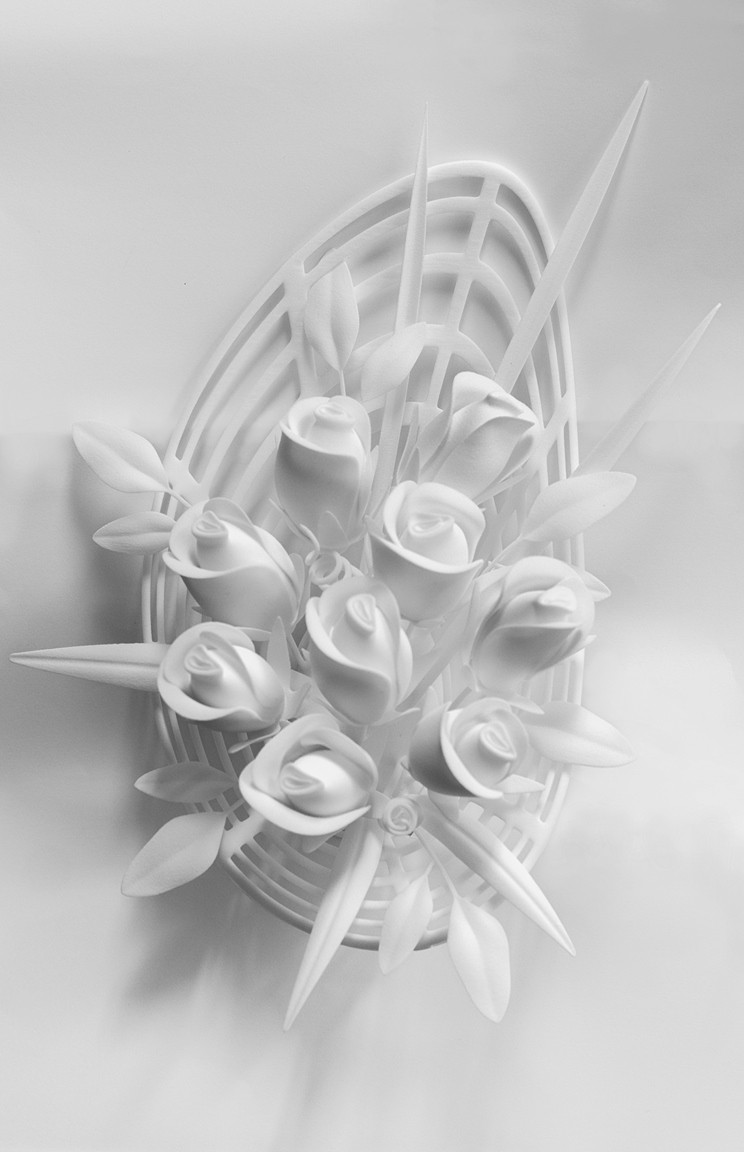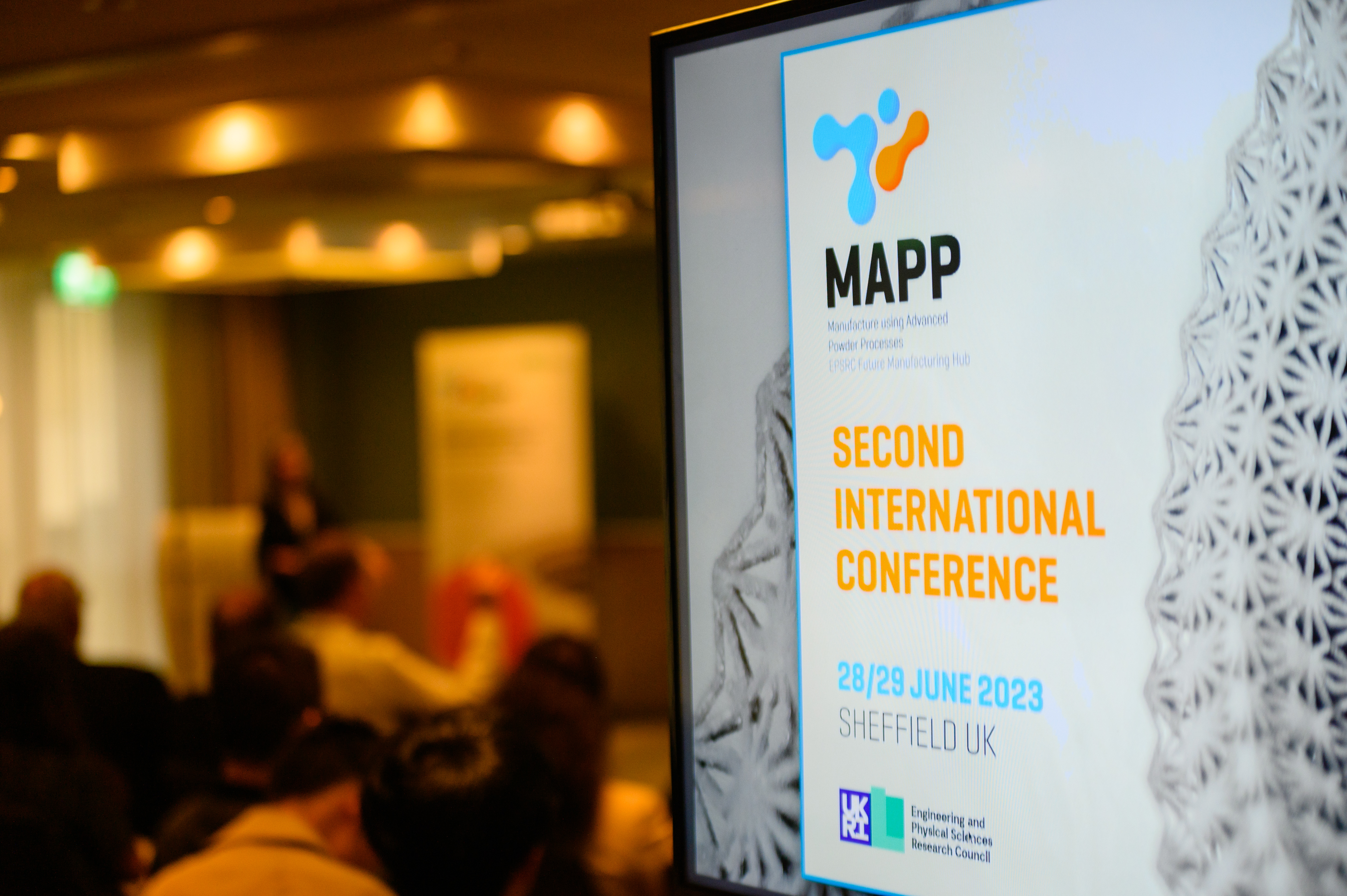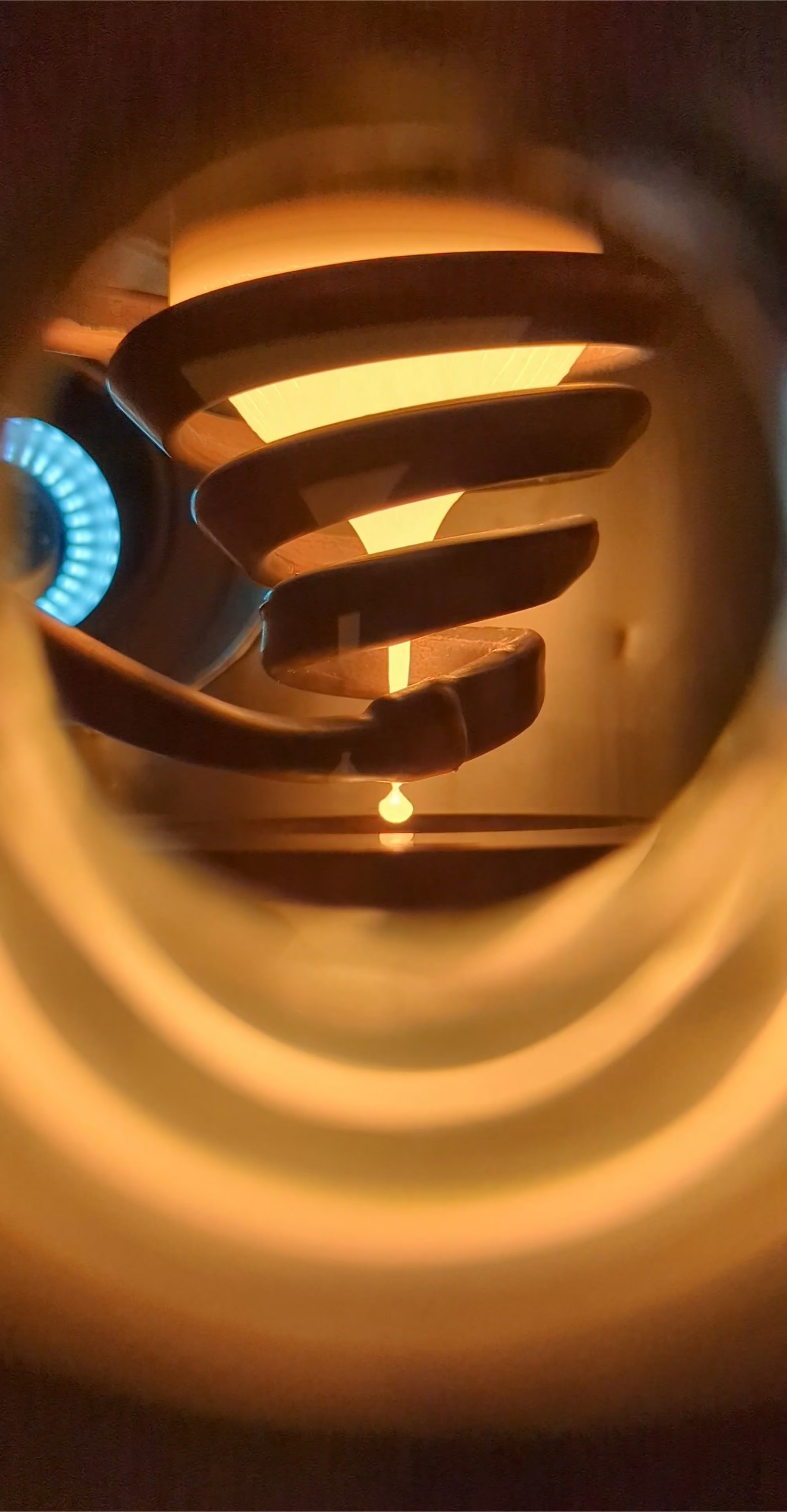All News /
News:
The best of 3D printing - interview with Powerhouse
06 / 09 / 18
For Candice Majewski, a career in engineering wasn’t always an obvious choice.
“I was always quite good at math and physics in school,” Dr Majewski said. “I’d never even really heard of engineering until a careers person said, ‘oh, um, you’re into math and physics, have you considered engineering?’ and I kind of went, ‘well what’s that?’”
Now a Senior Lecturer in the University of Sheffield’s Department of Mechanical Engineering, MAPP Investigator Dr Majewski studies additive manufacturing — AKA 3D printing.
“I work with a very specific type of 3D printing process, which uses polymer powders to produce parts,” she said. “What’s most exciting at the moment I think is we’re getting into a lot of work looking at the real scientific understanding of what happens, not just ‘you put the material in the machine and out comes the thing,’ but ‘what’s happening to that material and how is it changing?’ and ‘if I change something on the machine, what does that mean in terms of what happens during the process itself?’”
Dr Majewski added that the focus for most people studying additive manufacturing has been on metal processes. Since printing processes using polymer powders are relatively unstudied, her research can raise more questions than it answers.
“Sometimes you create more problems than you realize were there in the first place, but it just gives you more stuff to work on,” she said.

I asked Dr Majewski what she really wanted people to understand about her research. Her answer was somewhat unexpected.
The flowers she had printed for her wedding.
“What I would want them to know is that when I got married, my wedding flowers were 3D printed,” she said. “I like people to know that I really really am excited by what I do because I think that if you meet someone and they’re super excited about their thing, you get excited by that thing.”
Research in 3D printing isn’t just something she does to make a living; Dr Majewski said she wants people to understand how fascinated she is by the process and its everyday applications.
She said the flowers were printed from a nylon-type material in the U.K., but since her husband is American, she had to transport them across the Atlantic.
“I had to take them in a box full of packing material on the plane, which was nerve-wracking,” she admitted. “It wasn’t like I could just nip to a store and buy another set!”
What does Candice Majewski find most rewarding about her work?
3D printing is a highly collaborative and interdisciplinary venture, and Dr Majewski said she’s excited by the discoveries coming out in different fields that she can apply to her own work.
“We’ve got some work going on with some people in our statistics department,” she said. “We’ve got people who do imaging — taking thermal pictures of what’s going on in the process and seeing how we can develop our understanding through that.”
But it’s also rewarding to work or speak with people who aren’t very familiar with 3D printing, according to Dr Majewski.
It’s a technology that has generated a lot of fascination — and confusion — among the public.
“I spoke to a very nice, very elderly guy at an event we did which was just a series of talks in pubs, and he was just blown away by it,” Majewski said. “He was being picked up by someone, I think his wife was giving him a ride home, and he just looked so sad when he had to go because he was so excited by it.”
This fascination can make people get a little carried away.
Dr Majewski said she sometimes has to temper people’s expectations and dispel misconceptions when she does outreach.
“A lot of people have a lot of wrong ideas about it, and so that’s sometimes the hard thing,” she said. “Someone thinks that we’re going to 3D print an entire person next year — and well, of course, we’re not — so sometimes we try to just reign people in a little bit, say, ‘you know, no, actually, we can’t do that, but here’s some other cool things that we can do.’”
What is Candice Majewski’s personal powerhouse?
“I think my answer at the moment would actually be the whole 3D printing community,” she said. “Whatever funding we’ve got and whatever project we’ve got and wherever we’re based, we’re all working towards the same thing…how can we make these processes better, more useful, and cover a wider range of things?”
A lot of disciplines are highly collaborative, and researchers often benefit from an open flow of ideas and even data. According to Dr Majewski, this collaborative spirit is especially important in 3D printing.
“I was over at a conference in the U.S. last week, and I was talking to someone, and I said, ‘oh we’re about to start doing this thing,’ and they just turned around and said, ‘oh I’ve got lots of data on something related to that if you want I’ll just share it with you,’” Majewski said. “That level of wanting to work together…maybe there are lots of other areas where that’s true, but I don’t think it’s true of every area.”
This article was originally published by Powerhouse. You can follow Powerhouse on Twitter @NewsPowerhouse.
More:
News
-

-
Exploring STEM - 4th May 2023
The MAPP Stand was a hit at the Exploring STEM for Girls event at the Octagon on the 4 May 2023.<...

